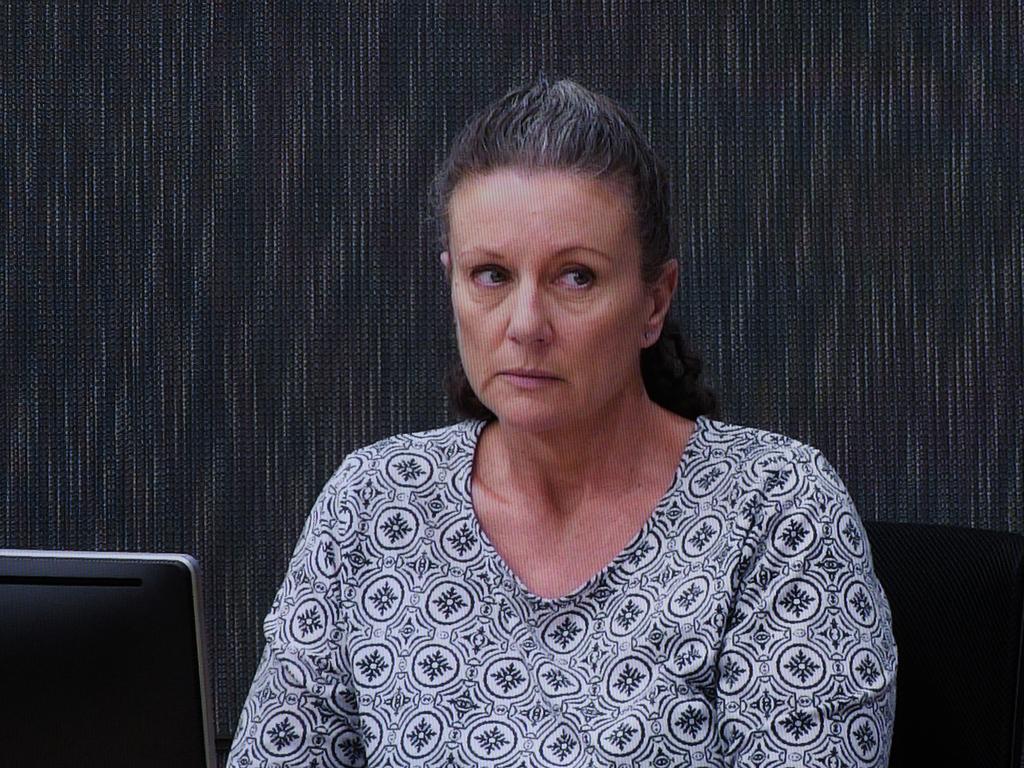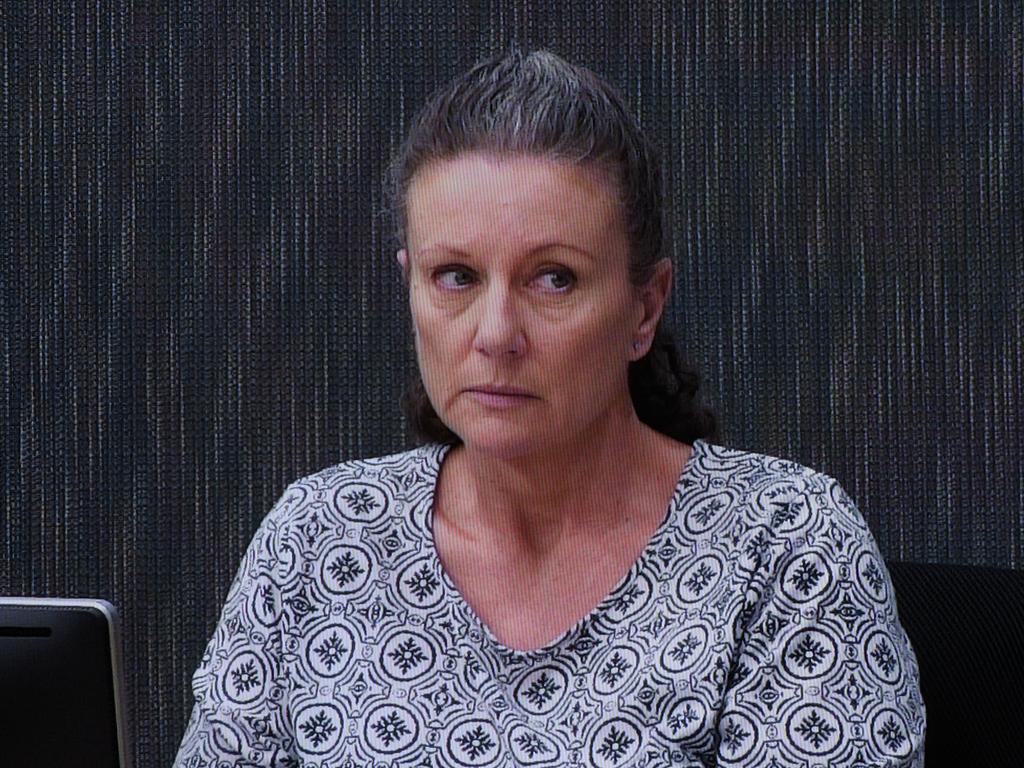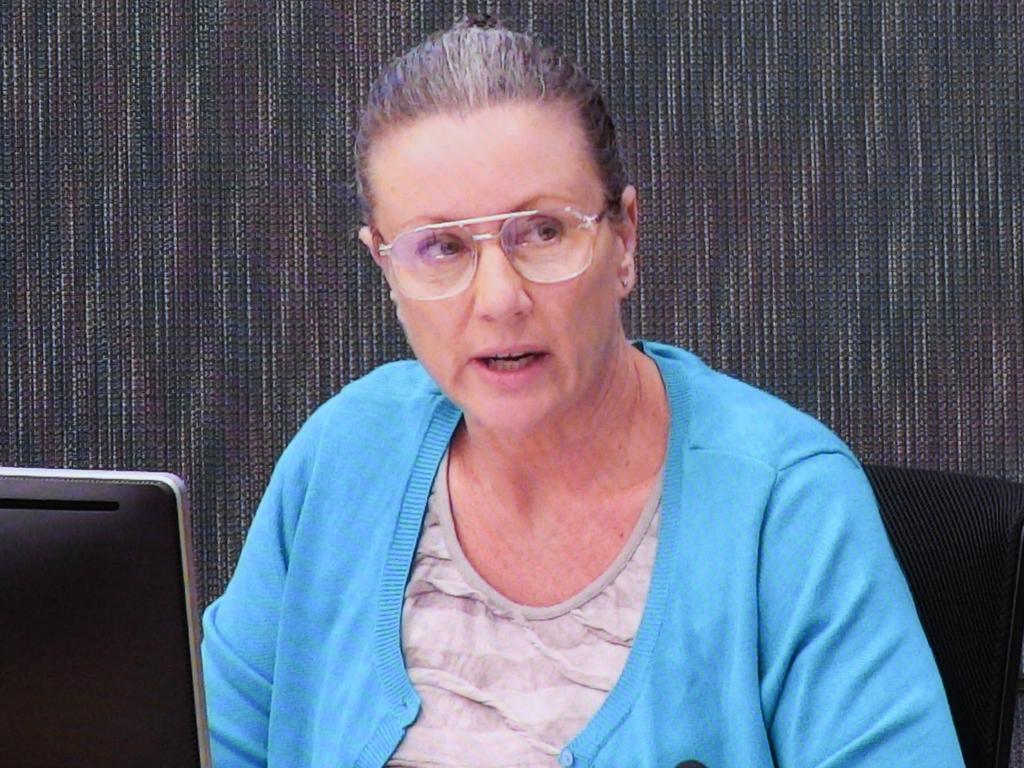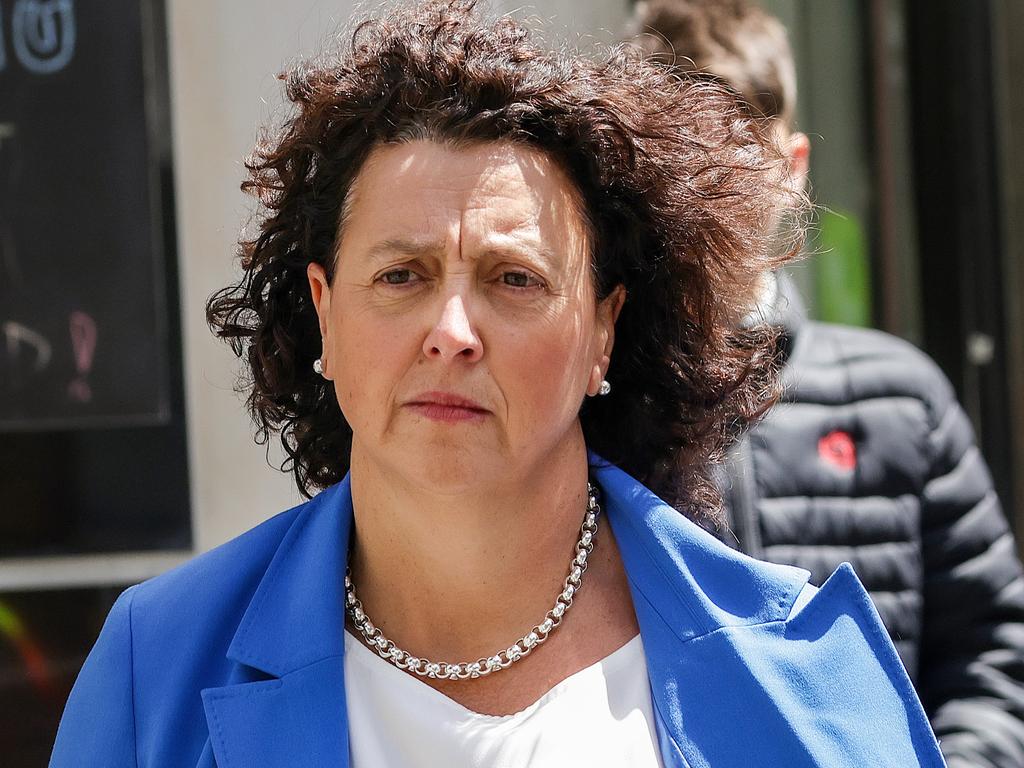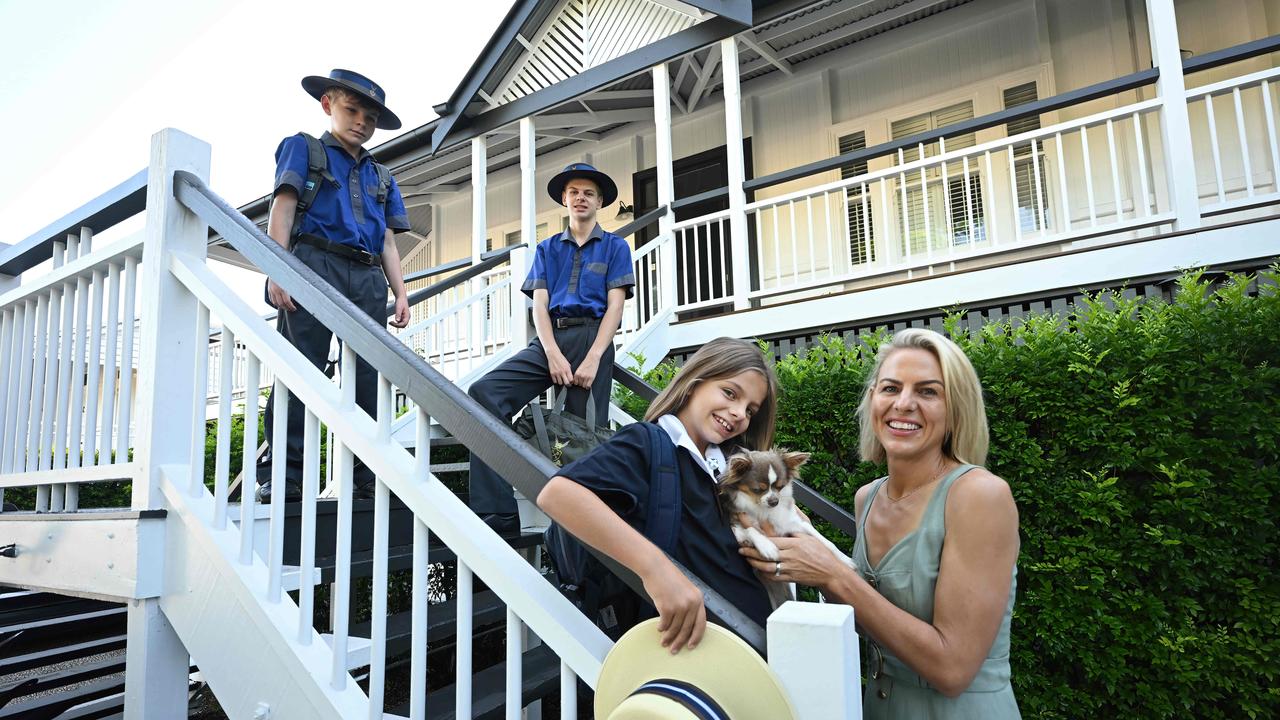Kathleen Folbigg’s son ‘had hidden condition’, says Monique Ryan
Independent MP Monique Ryan says Kathleen Folbigg’s second child most likely did not die due to a brain injury inflicted by his mother, but had an underlying neurological condition.
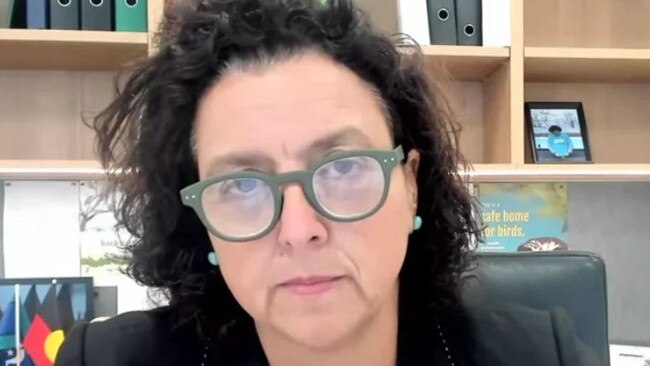
Independent MP Monique Ryan says Kathleen Folbigg’s second child most likely did not die due to a brain injury inflicted by his mother, but had an underlying neurological condition which eventually killed him.
Dr Ryan, a paediatric neurologist and now the member for Kooyong, appeared before an inquiry into the deaths of Ms Folbigg’s four children on Tuesday, telling the court she believed Ms Folbigg’s second child Patrick suffered from neurological problems which first presented on October 18, 1990.
Ms Folbigg’s husband Craig had checked on Patrick at 10pm and he was sleeping fine. At 3.30am, Craig was awakened by his wife calling for help. He rushed to find her standing over Patrick, who was breathing strenuously.
Craig did resuscitation until the ambulance arrived. Patrick survived and was diagnosed with epilepsy and cortical blindness.
Patrick died on February 18, 1991, aged eight months, with an autopsy finding the cause of death to be an acute asphyxiating event resulting from an epileptic fit.
In 2003, Ms Folbigg was found guilty of inflicting grievous bodily harm on Patrick on October 18, 1990, but Dr Ryan said it was more likely Patrick had suffered a seizure that was the first presentation of an underlying health condition.
“It’s pretty clear that something happened ... that was fairly profound, and before that date Patrick was found to be essentially normal,” she said. “There were a couple of things about him that were perhaps a little unusual ...
“He very quickly evolved a refractory seizure disorder, fluctuating visual loss and developmental delays, so there has to have been some sort of brain injury on at or around the 18th of October. The question is exactly what that was.”
Dr Ryan said she didn’t feel Patrick’s presentation and his subsequent course were consistent with him having experienced a “profound hypoxic brain injury” - a brain injury caused by lack of oxygen, inflicted or otherwise.
“I think it’s more likely he had an underlying condition that first manifested on that date,” she said.
Dr Ryan accepted it was possible (but unlikely) Patrick had experienced a hypoxic ischaemic brain injury on or around October 18, 1990, but said that could have been caused by a seizure, and not at the hands of Ms Folbigg.
In a report tendered to the inquiry, Dr Ryan said Patrick was admitted to the hospital on multiple occasions due to seizures and neurological defects but never showed signs of intentional injury.
Ms Folbigg, now 55, is serving a minimum 25-year prison sentence after being convicted in 2003 of the murder of Patrick, Laura (10 months) and Sarah (19 months), and the manslaughter of Caleb (three weeks).
Earlier on Tuesday, the seventh day of the inquiry, world-leading paediatric intensivist Peter Fleming said it was “almost impossible” Ms Folbigg suffocated three of her children.
Dr Fleming, a professor of infant health at the University of Bristol, said he found it “very hard to believe” Ms Folbigg could have smothered the children without causing visible damage to their mouths. “I personally would find it almost impossible to believe that a child … who is having their airway obstructed by something being put over their face would not fight vigorously and injure the inside of the lip,” Dr Fleming said.
“I can’t say it’s impossible, but I would say that from my experience of resuscitating children of that age it’s very hard to do anything without damaging the inside of the lip on the anterior teeth.”
While Dr Fleming was adamant it was highly unlikely Ms Folbigg suffocated the children that died at the oldest ages, he was less sure about Caleb, noting the infant would not have had any teeth to injure the mouth.


